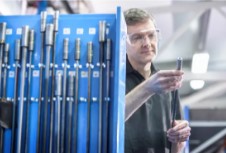Making The Most Of R&D Tax Relief For Manufacturing Businesses
21-02-2023
Visit the Hone-All Precision Ltd website for more information on Making The Most Of R&D Tax Relief For Manufacturing Businesses






